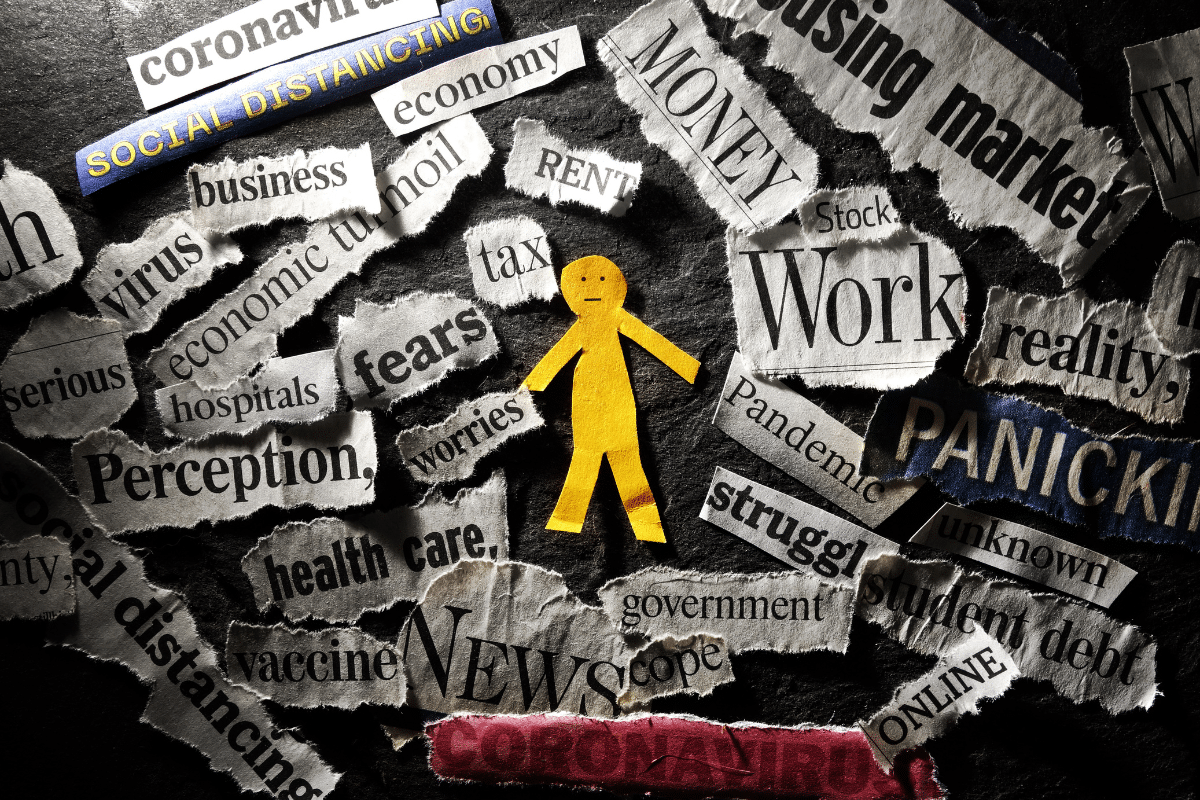When it comes to investing, emotions can be one of your biggest obstacles. In times of market turbulence, many investors feel an overwhelming urge to react, driven by an internal fight-or-flight instinct. While this primal response might help in survival situations, it can often lead to poor financial decisions. The field of behavioral finance explores how psychological factors, such as these instincts, influence investor behavior and how understanding and managing them can help you make smarter choices.
The Fight-or-Flight Response in Investing
Imagine you’re watching the stock market tumble. Your natural reaction might be to pull out your investments, seeking safety before things get worse. This is the classic “flight” response, a survival mechanism hardwired into our brains. On the flip side, during market booms, you might feel the “fight” response, aggressively chasing high returns, convinced you must act fast before opportunities vanish.
In both cases, these emotional responses push you toward impulsive actions that, while emotionally satisfying in the moment, often lead to suboptimal outcomes.
The Action Bias: When Doing Nothing Is Hard
Behavioral finance teaches us that one of the hardest things for investors to do is… nothing. This “action bias” is the tendency to prefer doing something over nothing, especially in high-stress situations like a volatile market. But, as research shows, action for the sake of action can be costly.
Take soccer goalkeepers during penalty kicks, for example. A famous study found that most goalies dive to one side, despite statistics showing that staying in the center is often more effective. The problem? Standing still feels wrong in such a high-pressure moment. Investors face a similar dilemma. When markets are swinging, staying the course can feel complacent, even if it’s the smartest move.
How Overactivity Hurts Returns
Frequent trading is a prime example of how acting on instinct can harm returns. Studies show that investors who actively trade often underperform those who adopt a more patient, long-term approach. The reason is simple: trading comes with costs—fees, taxes, and the risk of poor timing.
For instance, one study examined investors who frequently made changes to their portfolios and found that they consistently trailed those who left their investments alone. The heavy traders lost up to 6.5 percentage points annually compared to their more patient counterparts. Similarly, research on 19 major stock exchanges found that frequent trading resulted in a performance gap of 1.5 percentage points per year compared to those who held steady.
The Overconfidence Trap
Overconfidence is another factor that leads investors to act when they shouldn’t. Research shows that men tend to trade more frequently than women, especially during times of financial crisis, which is largely attributed to overconfidence in their abilities. Women tend to be more patient, risk-averse, and impervious to economic fear mongering in the media; while “overconfident investors are going to be interpreting what’s going on around them and feeling they are able to make decisions that they’re not really equipped to make.”
While some of this gender gap is credited to hormones and evolutionary psychology, we can all learn from the traits and behaviors of successful investors: do your research, slow your roll, and assess your risk.
Why Patience Pays Off
Recognizing that your fight-or-flight response, though natural, doesn’t translate well to the stock market, can be helpful in long-term market success. When markets fluctuate, the instinct to react can feel overpowering, but keeping those emotions in check often pays off in the long run. History shows that markets recover and those who resist the urge to sell during downturns are typically rewarded when the market rebounds.
What Behavioral Finance Can Tell Us
Behavioral finance offers valuable insights into how emotions and instincts can derail your investment strategy. By understanding and managing your fight-or-flight response, you can avoid common pitfalls like action bias and overconfidence. Instead, staying patient, disciplined, and focused on your long-term goals will give you the best chance for success—even when your instincts are telling you to run for the hills.
In investing, sometimes the best action really is inaction.


